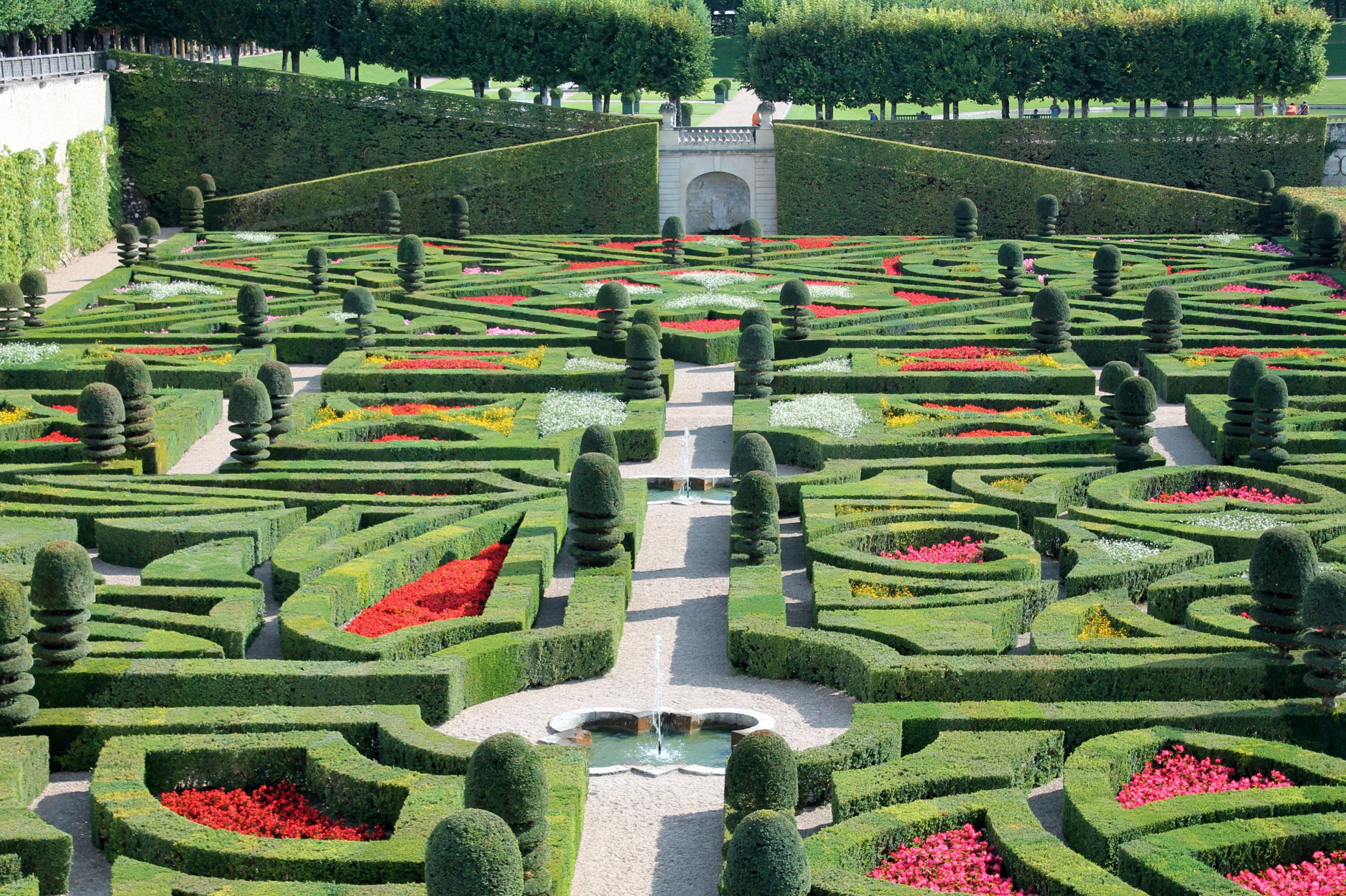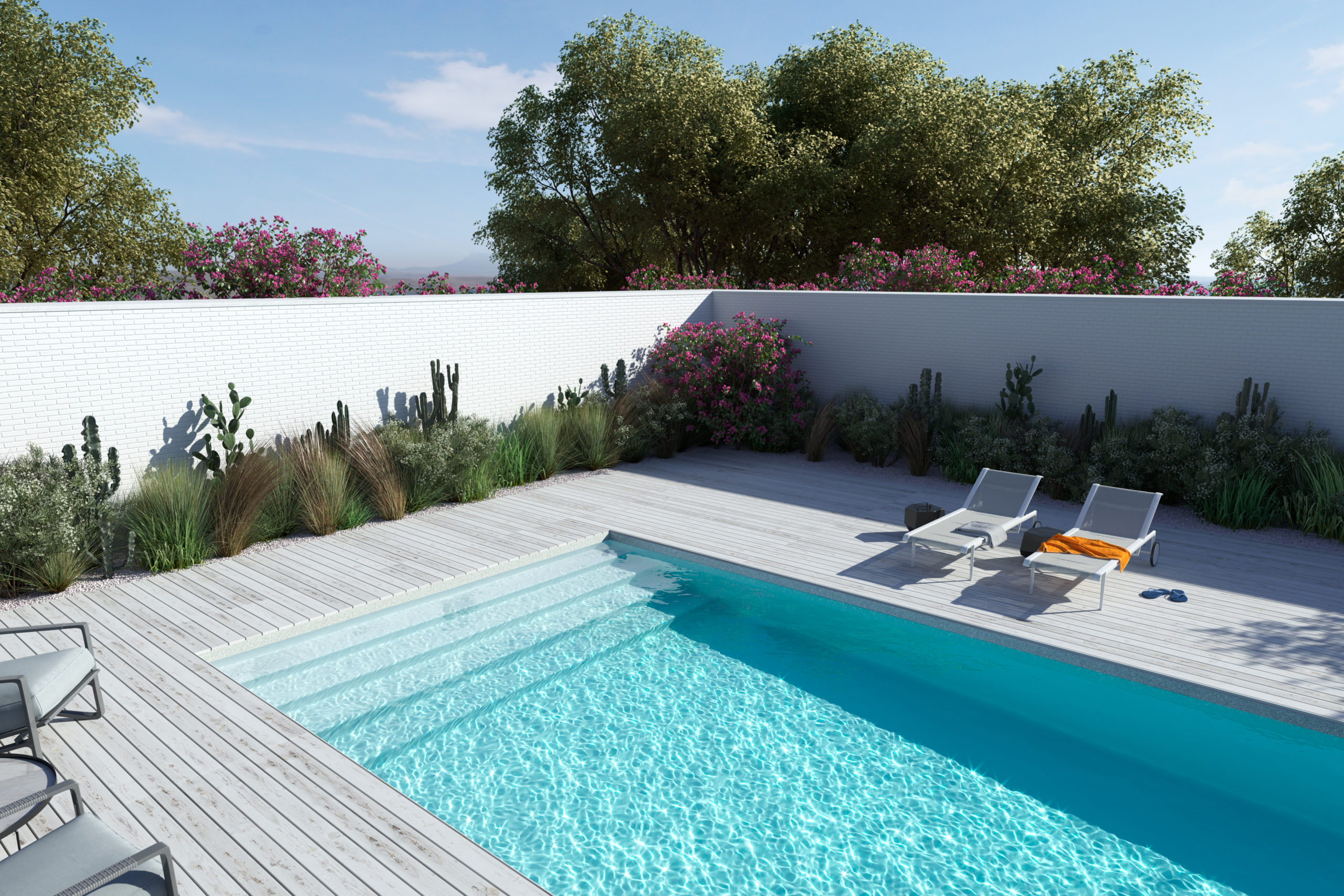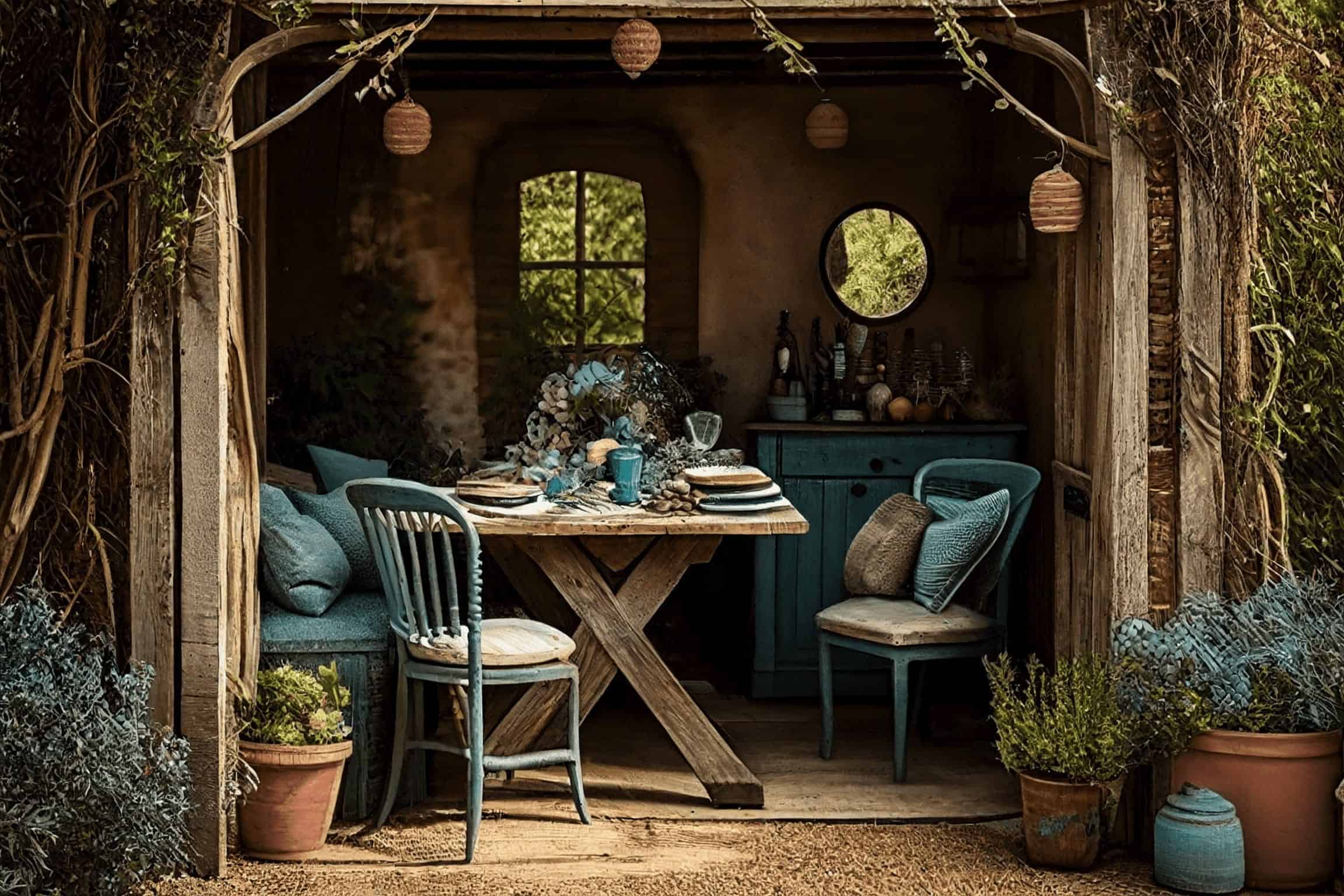European classic gardens have long been symbols of elegance, beauty, and luxury in landscape architecture. With their rich history and stunning designs, these gardens have inspired countless homeowners around the world to create their own lavish private retreats. By blending intricate layouts with sophisticated elements, these gardens transform ordinary spaces into extraordinary retreats, reflecting the grandeur of historic estates.
In this article, we will explore various ideas and elements you can incorporate to design a European-style classic garden for your home. From lush manicured lawns to ornate fountains and symmetrical pathways, we’ll provide insights on how to infuse your modern environment with the splendor of ancient palaces. Discover how timeless features can bring a touch of aristocratic charm to your own backyard.

Planning a Classic European Garden Layout
The first step in creating a classic European garden is to carefully plan the layout. This plan shapes the entire .
Planning the layout is crucial as it determines the garden’s overall look and feel. It guarantees a unified design.
Determining the Main Axis
Classic European gardens are typically built around a main axis that runs from the house to the end of the garden. This axis is usually a wide, straight path, often decorated with plants on either side. This path serves as the backbone of the garden, providing a strong visual structure and direction.
To create the main axis in your garden:
-Identify the main focal point in your home, such as the main entrance or a large window.
-Draw a straight line from this point to the opposite end of the garden.
-Plan the wide path that will serve as the main axis of the garden.
Dividing the Garden into Separate Spaces
One of the hallmarks of a classic European garden is the division of the area into distinct “spaces.” Each space has its own function and character, yet is connected in a cohesive overall design.
Some ideas:
- A formal garden near the house with a parterre and neatly trimmed plants.
- A relaxing area with benches and shade.
- A rose garden or other flower garden.
- A small labyrinth of trimmed plants (if space permits).
- A fountain or pond area as a focal point.
Use hedges, paths, or elevation changes to separate each area, while still maintaining the overall design.
Key Elements of a Classic European Garden
Once you have a basic plan for your garden layout, it’s time to consider the key elements that define classic European gardens. Focus on incorporating features such as formal hedges, elegant fountains, and meticulously trimmed topiaries. These elements add sophistication and structure, contributing to the garden’s timeless appeal.
Carefully select plants and materials that align with the classic European style to enhance the overall design. Opt for symmetrical planting arrangements and classic materials like stone or wrought iron. Integrating these elements will elevate the elegance of your garden, creating a refined and visually pleasing outdoor space.
Plants and Landscaping
Plant selection and arrangement are crucial aspects of creating an authentic classic European garden look.
Formal Plants and Topiary
Neatly trimmed plants are a hallmark of the classic European garden. Some ideas include:
-A neatly trimmed boxwood hedge to form a boundary.
-Topiaries in the shape of balls, cones, or other geometric shapes.
-Trees pruned into umbrella shapes or other formal shapes.
Plants that work well for topiaries include boxwood, yew, and juniper. Make sure to select varieties that are well-adapted to your local climate.
Flowering Plants
While formality is key, classic European gardens are also known for their stunning floral displays. Consider:
-A formal rose garden with a variety of rose varieties.
-A flower parterre with seasonal flowering plants arranged in geometric patterns.
-Borders of flowers along paths and around lawns.
Choose harmonious color combinations and consider the blooming seasons of plants to ensure your garden is attractive year-round.
Evergreen Trees and Shrubs
Evergreen trees and shrubs provide structure and color year-round. Some choices include:
-Italian cypress (Cupressus sempervirens) for dramatic vertical accents.
-Boxwood shrubs for hedges and borders.
-Bay laurels pruned into standard or pyramid shapes.
Water Element
Water is an essential component of the European classical garden, adding dimensions of movement, sound, and reflection to the landscape.
Fountains
Fountains are often the focal point of the European classical garden. Some ideas include:
-A classic tiered fountain as a centerpiece in the middle of the garden.
-A wall fountain attached to a garden wall or house.
-A series of small fountains that create a water flow along a main path.
Ponds and Water Mirrors
Ponds and water mirrors add depth and reflection to the garden. Consider:
-A formal circular or rectangular pond.
-A shallow water mirror that reflects the sky and surrounding plants.
-A koi pond to add color and life.
Paths and Hardscapes
Paths and hardscapes provide structure and ease of navigation through the garden. In European classical gardens, these materials are often rich and well-structured.
Path Materials
Choose materials that reflect the elegance of the European classical garden:
-Materials like granite or limestone, which are natural stones.
-Use pebbles for smaller or secondary pathways.
-Brick paving for more informal areas.
Make sure the path is wide enough to walk side by side and has a clear edge, often bordered by low plantings or a stone border.
Terraces and Lounge Areas
Terraces and Lounge Areas are places where you can enjoy the beauty of your garden. Ideas include:
-A large stone patio close to the house, ideal for entertaining.
-A classic gazebo or pavilion as a foacal point at the end of the garden.
-Seating areas hidden among the plants for more intimate moments.
Decorative Features and Enhancements
Ornaments and decorative accents add the finishing touches that make a classic European garden so special.
Sculptures and Ornaments
Sculptures and ornaments add elements of art and history to your :
-Classical statues in stone or metal, representing mythological or allegorical figures.
-Large vases or urns as focal points or for container plants.
-Sundials or armillary globes for a classic, scientific touch.
Decorative Structures
Decorative structures add height and interest to a :
-Pergolas covered with vines such as wisteria or climbing roses.
-Trellisses to support vines and create green walls.
-Obelisks or columns as vertical focal points.
Closing
Incorporating classic European garden elements into your home garden can transform an ordinary space into a timeless retreat of elegance and beauty. By thoughtfully planning your layout, selecting refined plants, and including sophisticated features such as fountains and topiaries, you create a space that reflects the grandeur of historic estates. Each element works in harmony to craft a serene and captivating environment.
As you bring your European classic garden vision to life, remember that attention to detail is key. From manicured hedges and ornate pathways to charming water features and decorative accents, every choice contributes to the garden’s overall allure. Embrace the art of timeless design to enjoy a personal sanctuary that exudes both charm and tranquility year-round.



